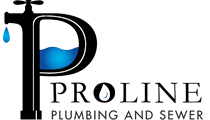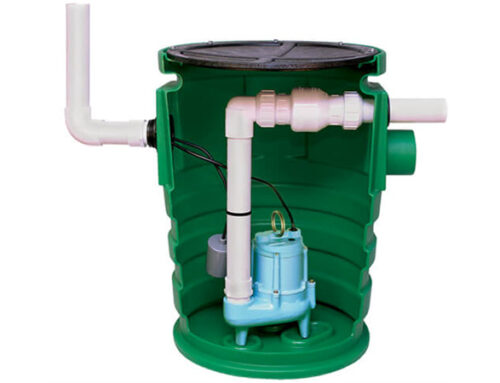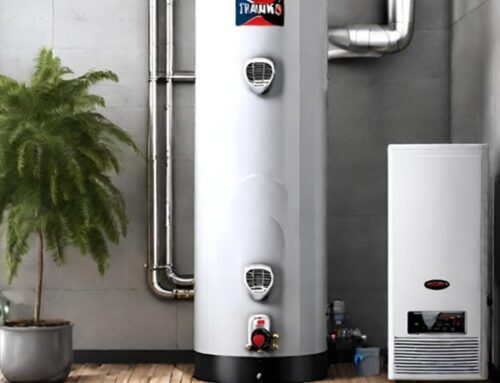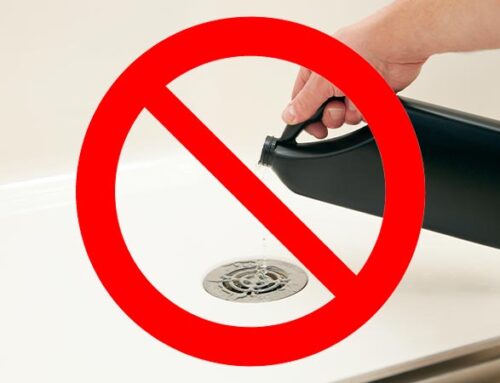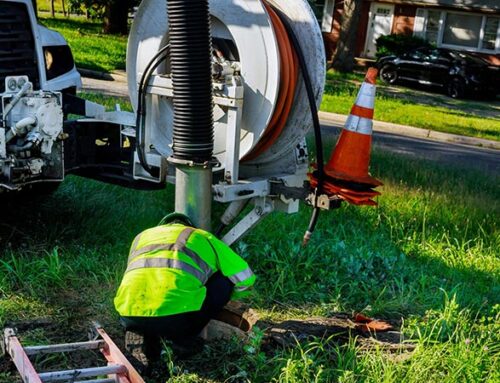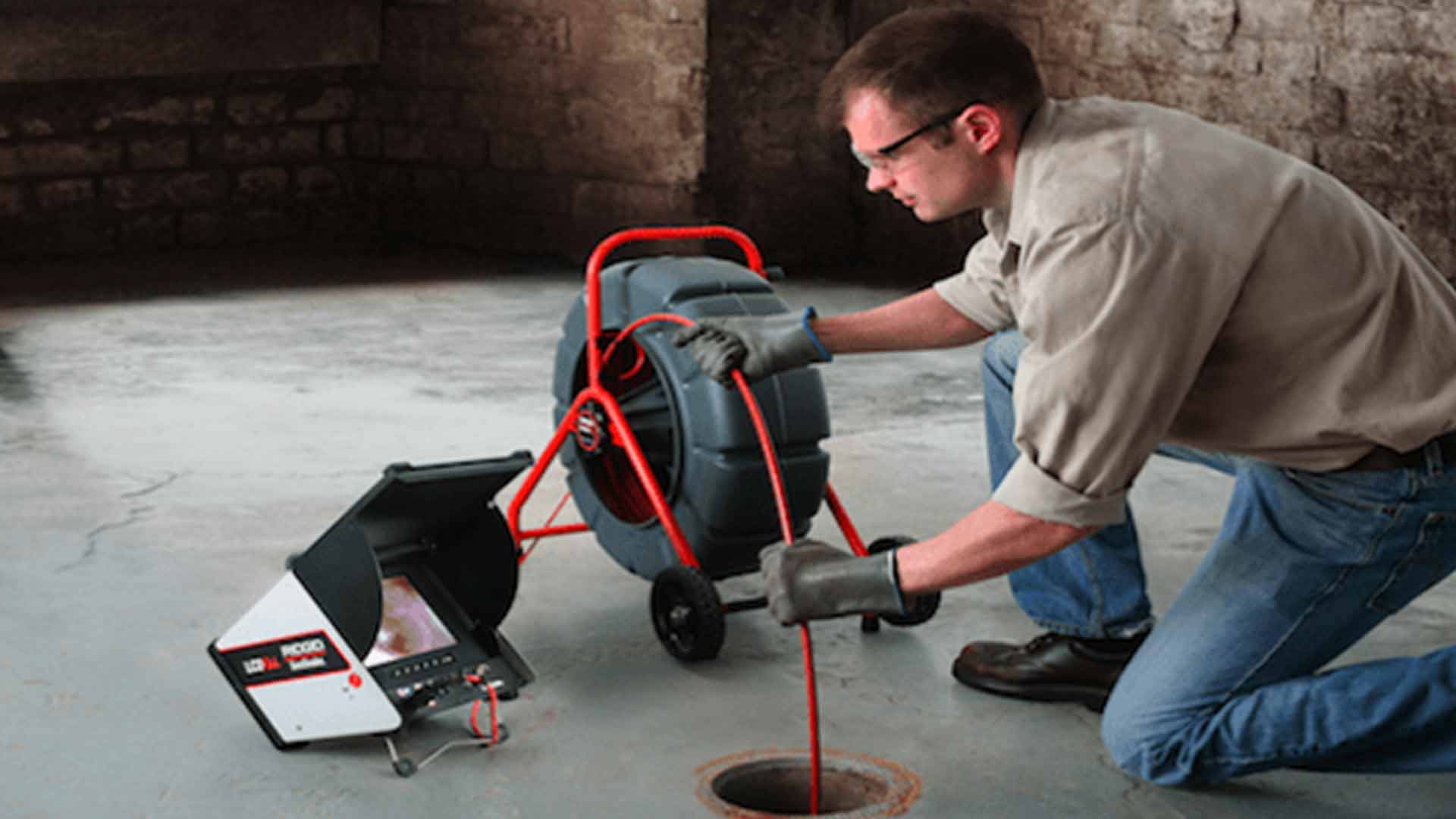
The hidden world beneath our feet is often overlooked and rarely appreciated. While we go about our daily lives, a complex network of pipes and sewers lies beneath our homes and streets, responsible for carrying away waste and ensuring smooth functioning of our sanitation systems. Most of us don’t think twice about our sewer lines until a problem arises, causing unpleasant odors, backed-up drains, or even structural damage. Fortunately, advancements in technology have given rise to a valuable tool known as the Sewer Scope which enables us to explore and diagnose issues within our sewer lines more effectively.
What is a Sewer Scope?
A Sewer Scope is a specialized camera system designed to inspect and assess the condition of underground sewer lines. It consists of a flexible rod with a high-definition camera attached to one end and a display on the other. When inserted into a cleanout or access point in the sewer system, a camera can travel through the pipes, capturing real-time video footage of the interior.
How Does a Sewer Scope Work?
The process of sewer scoping involves a few simple steps:
- Locating the Access Point: First the technician locates a suitable access point which could be a cleanout opening in the sewer line. Cleanouts are designed for easy access to the sewer system and are typically located outside of a property or in the basement.
- Inserting the Camera: The flexible rod with the camera is carefully inserted into the access point and is gradually fed through the sewer line. The camera is equipped with LED lights to illuminate the interior of the pipe, ensuring clear visibility during inspection.
- Real-Time Inspection: As the camera progresses though the sewer line, it sends a live feed to the display unit. The technician can observe the video footage in real-time, identifying any potential issues, such as blockages, cracks, root intrusions, or structural damage.
- Recording and Analysis: In many cases, the sewer scope inspection is recorded for future reference. This recorded footage allows the technician to review the inspection more thoroughly and also helps the property owner understand the findings.
- Reporting and Recommendations: After completing the Sewer Scope inspection, the technician provides a detailed report of their findings. If any issues are detected, they may offer recommendations for repairs or maintenance to address the problems.
The Importance of Sewer Scope Inspections
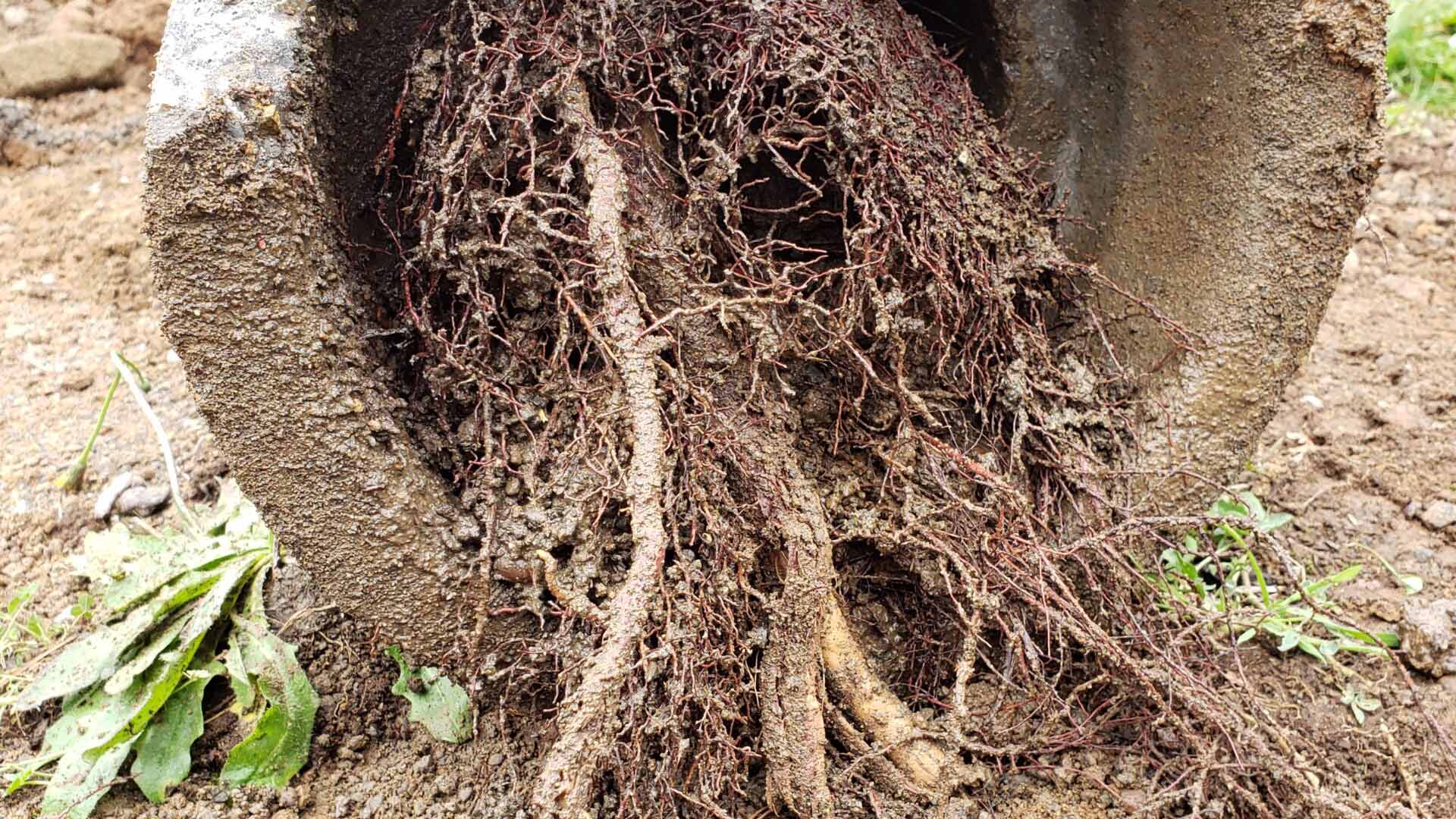
Sewer Scope inspections have become an essential tool for both homeowners and potential buyers, as well as for property inspectors and real estate professionals. Here are some reasons why sewer scope inspections are crucial:
- Preventative Maintenance: Regular sewer scope inspections can help identify minor issues before they escalate into major problems. Addressing these issues early on can prevent costly repairs and mitigate potential damage to the property.
- Homeowners’ Peace of Mind: For prospective homebuyers, a sewer scope inspection is a valuable investment. It provides transparency about the condition of the sewer system and allows buyers to make informed decisions about the property.
- Aging Infrastructure: Many cities and towns have aging sewer systems that are prone to deterioration. A Sewer Scope inspection can reveal the state of pipes, helping municipalities plan for necessary repairs and upgrades.
- Insurance and Warranty Purposes: Some insurance companies My require a Sewer Scope inspection before providing coverage for sewer-related issues. Additionally, home warranties may have clauses related to sewer lines, making a sewer scope inspection necessary.
Common Issues Found During Sewer Scope Inspections
- Clogs and blockages: Accumulation of debris, grease, or foreign objects can cause clogs and blockages in the sewer line, leading to slow drains or sewage backups.
- Root intrusions: Tree roots are drawn to moisture and nutrients inside sewer pipes, causing them to infiltrate the lines and cause obstructions.
- Cracks and Leaks: Aging pipes, ground settling, or external pressure can lead to cracks and leaks in the sewer line, potentially causing water damage or attracting tree roots.
- Corrosion and Deterioration: Over time, sewer pipes may corrode or deteriorate, resulting in weakened or collapsed sections of the line.
- Off-Grade Pipes: If the sewer lines were originally installed using outdated materials or methods, the pipes may not be up to code or may be prone to issues.
Conclusion
Sewer scope inspections have become an indispensable tool for maintaining and preserving the integrity of our sewer systems. Whether you are a homeowner, a prospective buyer, or a property professional, investing in a Sewer Scope inspection can save you from unpleasant surprises and potential expenses in the future. Remember, what lies beneath can be just as important as what’s visible, and understanding the state of your sewer lines is the first step toward a cleaner, safer, and more reliable infrastructure.
